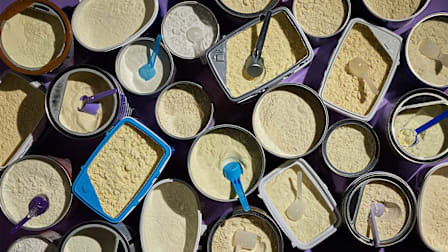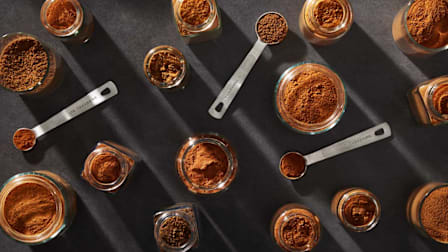Keep Food Poisoning Off the Menu
Protect your family and your holiday guests by taking these easy precautions

Food poisoning can strike at any time of the year. But during the holiday season, when we tend to prepare larger meals over longer stretches of time, it’s easy to become careless about food and kitchen safety.
Slip-ups in food handling, preparation, and cooking can lead to a botched favorite dish—or worse, serious illness.
The Centers for Disease Control and Prevention estimates that each year, one in six Americans has a bout of food poisoning, often caused by foodborne bacteria such as salmonella, campylobacter, and E. coli.
To stop those bacteria from crashing your holiday meals, follow these simple kitchen commandments.
Go to Consumer Reports' Holiday Gift Guide for updates on deals, expert product reviews, insider tips on shopping, and much more.
Before You Cook
Check your fridge's temp. To keep food fresh and safe, your refrigerator should be set to 37°F and your freezer to 0°F. CR's refrigerator tests have found that it's not always easy to get your fridge to these levels using your fridge settings alone, so pick up a refrigerator thermometer. These inexpensive gadgets can help you adjust.
Separate poultry and meat from other food. Fewer than one in five shoppers use plastic bags (provided by many supermarket meat departments) to keep meat juices from contaminating other items in their cart, according to a 2014 Kansas State University study.
While You're Cooking
Stay safe while baking. Raw eggs can be contaminated with salmonella and uncooked flour has been the culprit in outbreaks of E. coli infections. Don't eat raw batter or dough, or let children play with raw dough. Be sure to clean areas of your kitchen that came into contact with flour or dough—such as a countertop— and any utensils you used, as well as your hands.
Take care with cutting boards. Avoid bacterial cross-contamination by using designated cutting boards for different kinds of food—raw produce, raw meat, poultry, and seafood. Deep scratches or grooves are a haven for bacteria. When such damage makes a board hard to clean, throw it away.
Wash your hands often. Think of your hands as cooking utensils. Wash them well for 20 seconds with hot soapy water every time you handle raw meat, poultry, and seafood. Scrub them again between food prep and cleanup to avoid spreading bacteria to other areas of your kitchen and home.
After the Meal
Store leftovers immediately. Outbreaks of infections caused by the bacteria Clostridium perfringens occur most often in November and December, according to the Centers for Disease Control and Prevention. The bacteria grows in cooked foods that have been left at room temperature for too long, outbreaks have been often linked to holiday foods. Refrigerate leftovers within 2 hours of cooking to prevent food poisoning.
When in doubt, throw it out. Don't taste food that looks or smells questionable. Ever.
Know when the party's over. Leftovers should be consumed within three to four days. After that, all bets are off.
Bake the Safe Way
The kitchen is one of the busiest hubs in the house, but it also harbors hidden dangers. On the "Consumer 101" TV show, Consumer Reports' experts explain how you can stay safe from E. coli and other contaminants.




















